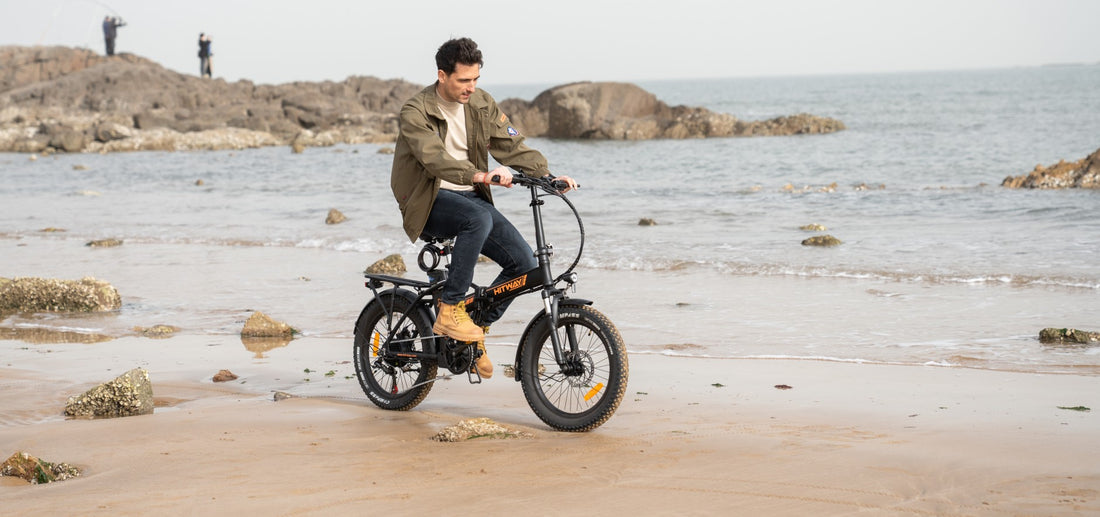Electric bikes (E-bikes) have become increasingly popular as a convenient, eco-friendly, and cost-effective means of transportation. However, when choosing and using an electric bike, it is important to comply with relevant laws and regulations to ensure compliance and safety.
Firstly, it is necessary to understand the regulations on electric bikes in the local area. Different countries and regions have different regulations on electric bikes, which may involve speed limits, age limits for driving, safety equipment, insurance, etc. Therefore, before purchasing an electric bike, it is essential to familiarize oneself with the local laws and choose a model that complies with the regulations.
For example, in the United States, federal law classifies E-bikes into three categories based on their maximum speed and power output. Class 1 E-bikes are pedal-assist only, with a maximum speed of 20 mph and a motor that provides assistance only when the rider is pedaling. Class 2 E-bikes have a throttle that can provide power even when the rider is not pedaling, with a maximum speed of 20 mph. Class 3 E-bikes have a maximum speed of 28 mph and require the rider to pedal to engage the motor.
In addition to federal regulations, state and local regulations may also apply. For example, California requires riders of Class 3 E-bikes to wear helmets and have a valid driver's license, while New York City prohibits the use of E-bikes with a throttle on public roads.
In Europe, electric bikes are subject to the European Union's regulations, which classify them into three categories based on their maximum speed and power output. The classification determines whether the electric bike is considered a bicycle, moped, or motorcycle, and affects the requirements for registration, insurance, and driver's license.
In general, Class 1 and 2 E-bikes are classified as bicycles and do not require registration or insurance. However, they must comply with certain technical requirements, such as a maximum power output of 250W and a maximum speed of 25 km/h. Class 3 E-bikes are classified as mopeds and require registration, insurance, and a driver's license. They must also comply with technical requirements, such as a maximum power output of 4 kW and a maximum speed of 45 km/h.
For example, in Germany, Class 1 and 2 E-bikes are subject to the same traffic rules as bicycles and do not require a helmet or a driver's license. However, Class 3 E-bikes are subject to the same traffic rules as mopeds, and riders must wear a helmet and have a valid driver's license. In addition, E-bikes with a throttle are not allowed on German roads.
In the Netherlands, E-bikes are very popular, and the country has a well-developed cycling infrastructure. However, E-bikes are subject to strict technical requirements, such as a maximum power output of 250W and a maximum speed of 25 km/h. In addition, riders of E-bikes that exceed these limits are subject to the same rules and requirements as moped riders, including registration, insurance, and a driver's license.
It is also important to ensure that the electric bike is equipped with the necessary safety equipment, such as lights, brakes, and reflectors. It is recommended to wear a helmet while riding and to follow traffic rules and regulations.
In summary, Europe has established regulations to ensure the safety and compliance of electric bikes. By complying with these regulations, riders can enjoy the benefits of E-bikes while ensuring their own safety and the safety of others.
HeLivia Mar 18, 2023
How Can I Confirm if My E-Bike Is Road Legal?
spacer

spacer








